It’s not June but Maypops are popping out all over. While there are ripe yellow ones mid-state a couple of hundred miles north they’re still green. Maypops are easy to find: Look for a vine that has smooth, green fruit shaped like a large egg to a tennis ball. Fruit ripens to yellow near the base of the vine first. The vine, which smells like an old gym shoe, will put on new fruit until cold weather. Green fruit can be fried like green tomatoes. In the yellow ripe fruit are tart seeds which are scooped out and eaten along with their white jelly-like coating.
Locally our most common passion fruit is Passiflora incarnata, above. You will read on the Great Fright Internet that it contains cyanide. It does not though many passion fruits do. The varying amounts of cyanide in other species of passion fruit is one reason why animals don’t eat them and one reason why you should not eat any ornamental passion fruit you may have.
Speaking of cyanide many plants have it, including several edible species, chaya for example, left. Mechanical breaking down of plant cells or cooking often gets rid of the cyanide which many times is bound together with sugar, some times hydrogen. Breaking up the plant material and or digesting separates the bond and or produces hydrogen cyanide. Clearly one wants the cyanide to be released outside of the body not during digestion. The toxic non-edible Laurel Cherry is a common poisonous plant with the cyanide bond. If you crush a leaf you can smell either almonds or “maraschino” cherries. That’s cyanide. However, there is one interesting fact you should keep in mind: Only about 40% of the population can smell cyanide. It’s a gene-linked thing. If you can crush several Laurel Cherry leafs and not smell almonds or “maraschino” cherries you might be one of those who cannot use their nose to detect cyanide.
Being bitten or stung by insects just comes with my advocacy. I’m rummaging around plants all the time outdoors and one just has to accept that one will get nipped now and then. Mosquitoes top the list followed by wingless wasps. Mean little creatures they produce pain far beyond their size. Occasionally a winged wasp will get me — usually flying out of a Silverthorn or a Southern Cedar — and a couple of scorpions have tried to make my day miserable. A tick grabs a hold now and then (no Lyme Disease locally.) But the most common irritation I get after mosquitoes is chiggers, also called red mites, too small to be seen with the naked eye.
Spanish Moss is commonly believed to harbor the mighty mites but to my knowledge I have never gotten chiggers from Spanish Moss, at least not any moss from trees. What I have noticed over the years is that I get chiggers from dry field grass, usually about a foot tall or more. I taught three classes this past weekend, Friday through Sunday, and I have chiggers. I was going to use my usual remedy but a recent email prompted me to try something else.
For over three decades I have used clear fingernail polish to squash my chigger infestations. I put a drop on each flare up. Just last week I received an email from a reader telling me that was unnecessary. Included was a Goggle search link showing a couple of dozen sites saying clear fingernail polish is bunk and that washing them off works. Although all the sites said exactly the same thing in nearly the exact same language — read massive cut and paste — I decided to give washing them off a try. Three days and a lot of washing later, they are still clinging to my hair follicles and setting up housekeeping. No doubt in time they will be raising families and growing into a mite metropolis. Out came the fingernail polish, a little dab will do ya. The itching has stopped. The invasion up the legs has been repulsed. For something that doesn’t work, it works for me, very well, every time, and has for decades. The only alarming thing is how expensive a small bottle of clear fingernail polish is.
Incidentally something that repels chiggers well and I didn’t have with me this trip is sublimed sulfur. It’s a powder available in most drug stores. Put some in an old sock and powder cuffs and collars before embarking on your adventures. It also repels ticks, of which I saw three on me this weekend. I clearly need to dig out my sulfur sock.
Saw a rather rare plant in the Morning Glory family during the class in Jacksonville this past week. To say Ipomoea pandurata is rare is not accurate. It around one just doesn’t see it too often. Also called Wild Potato Vine and “Man of the Earth” it sets edible roots. They must however be cubed and boiled twice and if then bitter not eaten. Younger roots are preferable. The species displays a characteristic I have come to recognize as investigatable. Many Ipomoea with larger white flowers (not small) or large white flowers with ruby throats, have edible parts. It varies which edible part but the large white blossomed ones usually have some edible part where as most of the colored ones do not. Excluded are Ipomoea with small white flowers or small white flowers with ruby throats, such as the Alamo Vine: Not edible. Why isn’t the Ipomoea pandurata root eaten more often? It grow directly below the plant, about three feet down. There’s your answer. To read more about the Ipomoea family click here.
This is a second reminder that locally the grapes are coming into season, and a little early this year by two or three weeks. Generally we have two kinds of local grapes, the native muscadines and escaped cultivars with some European history. They are fairly easy to tell apart. The muscadines have small clusters of grapes, five to seven, very toothy, smooth leaves, and a tendril that is not branched. Muscadine grapes tend to be high in acid. The acid can burn you hands if you crush them to make jelly or wine so wear gloves. You will also have to accommodate for the acidity if you make wine.
The second grape is the escaped cultivar. It is a cross between some European grape and the native muscadine. This hybridizing probably happened several hundred years ago as the escapee is found far from Florida. The escaped cultivars have much larger leaves than the muscadines. They often are mildly hair underneath or on top. They can be lobed but are not too teethy. They have bunches of grapes like those found in the store except they are about half the size. They are also much sweeter and most importanlty for identification they have a branched tendril, usually looking like a Y at the end. To read more about grapes click here.
I also received an email this week telling me that the only way to save the planet is to combine environmentalism and high technology. I wonder if this is what the writer had in mind: Robotic earthworms.
Yes, I am serious: Robotic earthworms. They are bits of stretchy polymer with a battery and strips of a nickel-titanium alloy which expand and contract with heat. This allows the robo-worm to inch along. The metal can be arranged in such a way to also make the roboworms crawl in patterns. One is tempted to ask if when the battery dies do they become little bits of pollution in the earth? Apparently the answer is no because these Robotic Earthworms are not destined for ground patrol just yet. To quote the school where they were invented — M.I.T. — “the robotic earthworm technology could eventually be used in next-generation endoscopes, implants or prosthetics or, even more interestingly, as shape-changing muscles in our gadgets, smart phones, computers and cars.”
WAIT: Let me see if I read that correctly: Endoscopes? Endo- means inside but they’re pun-ishingly named as they are also used to examine the… end of the digestive tract… inside … and its going to crawl on its own? Sounds like another good reason not to go to the doctor’s. If, however, you want to read about eating real earthworms click here.
To donate to the Green Deane Newsletter click here.

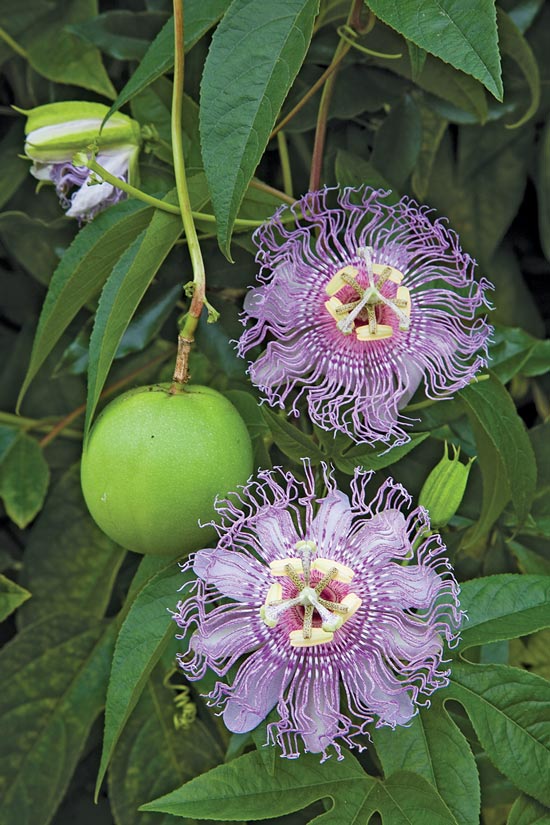
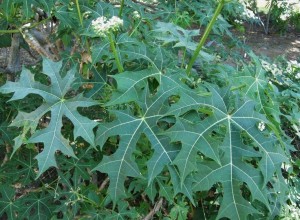
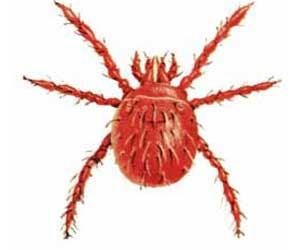
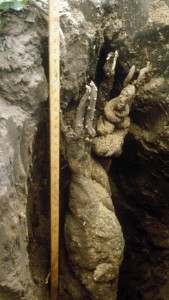
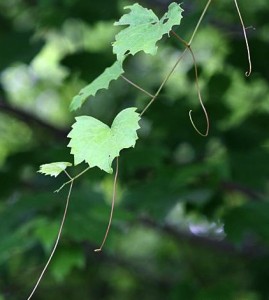
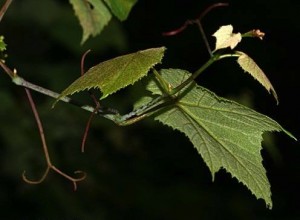
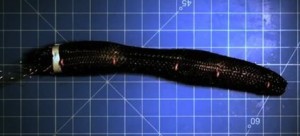

I recently added 2000 earth worms to my two 4’x4′ compost bins which contain grass clippings. oak leaves and codium fragile. After one week, I turned my bins and found one worm in each bin. Codium toxic to my earth worms? Although I rinsed the codium beffroe introducing to compost, the spongy consistancy may have held too much sodium. Whjat do you think? Thank you ,Joe
Did you soap the sides? Earthworms can crawl out.
“Sounds like another good reason not to go to the doctor’s.” I laughed out loud, but sadly it’s true. I edit medical reports for accuracy and am stunned by some of the procedures – and the conditions in which they leave patients. This is why we should all be running like hell from the “obamacare” plan, to be enforced by the friendly folks from the IRS. Once entered into the system, each person be turning privacy and control of their body over to the insurance industry, and they WILL receive any of the following: a mandatory colonoscopy, chemotherapy, radiation, strange surgical procedures, medications, chemicals, mammograms, CT scans, MRIs, experimental treatments (robotic worms?), invasive procedures and anything else that the insurance industry demands – whether we want such treatment or not. Nutrition should be our medicine, but we are losing sight of it. Your work is very important.
for chiggers try gassing them with ammonia on a cotton swab. I’ve also used some bleach in bath water but that’s a little harsh on the skin.
I have seen fruit on yucca plants one time. Howcome not more common?
Depends on the weather, the species and where you live.
RE: Sublimed sulfur, would that be the same as Flowers of Sulfur ?
Yes, sublimed sulfur and folwers of sulfur are the same.
Alas, all these ‘fixes’ are toxic stuff…how about googling “epsom salt bath chiggers” [8,900 results]
& then, “benefits of transdermal magnesium” [438,000 results]
Both are ‘win,win’ for us in every way. cheers
Robotic earthworm! some have way too much time on their hands. Trust science to create funky looking stuff. I personally use eucalyptus natural oil to ward off the chiggers and I never seen one. Up north we are having a huge problem with bed bugs! I saw one crawling at the emergency. Any suggestions?
Toodles!
None that I can name. In the pasts if bedbugs were discovered in a room everything was thrown out and the room subject to intense chemicals.
Did you take the picture of the Ipomoea Pandurata root? It looks like a little gnome sitting with arms crossed and legs underneath him taking a gander at your yard stick.
Oh, so tickled by the gnome I forgot to mention that the chiggers fix of washing them away is actually you consistently wiping at your legs for the duration of your time in chigger zones…once the ‘chigger’ which is actually the larva bites you it begins to create a ‘straw’ with its digestive juices. This straw created out of your own epidermal tissue is what becomes inflamed and itchy. Once you are at this stage you just have to wait for your body to reabsorb what it can and slough off the rest. Putting the nail polish probably mimics adding a numbing agent as dar pointed out it’s some toxic stuff.
@scott bleach in the tub is great for really bad cases of poison ivy that need drying up…usually by that point I don’t give a damn how toxic it is.
about the chigger problem: when my kids were little there was a major outbreak of lice at their school. after my daughter got sent home for the second time with lice, i began talking to other parents about what remedies they used. i was advised to wash their hair with a good tea tree oil shampoo. i did, and it worked. i still use tea tree shampoo today, and have had no trouble with ticks mosquitoes or chiggers since. hope this helps.
Try going to the Dollar Tree or Dollar Store for your clear nailpolish…it’s just a buck and the same as what you get at grocery or drug stores just alot less expensive 🙂
When I was a kid seven decades ago, getting chiggers meant a good rubdown with bacon grease. Relief was instantaneous.
Bacon grease, it’s not just for breakfast anymore…